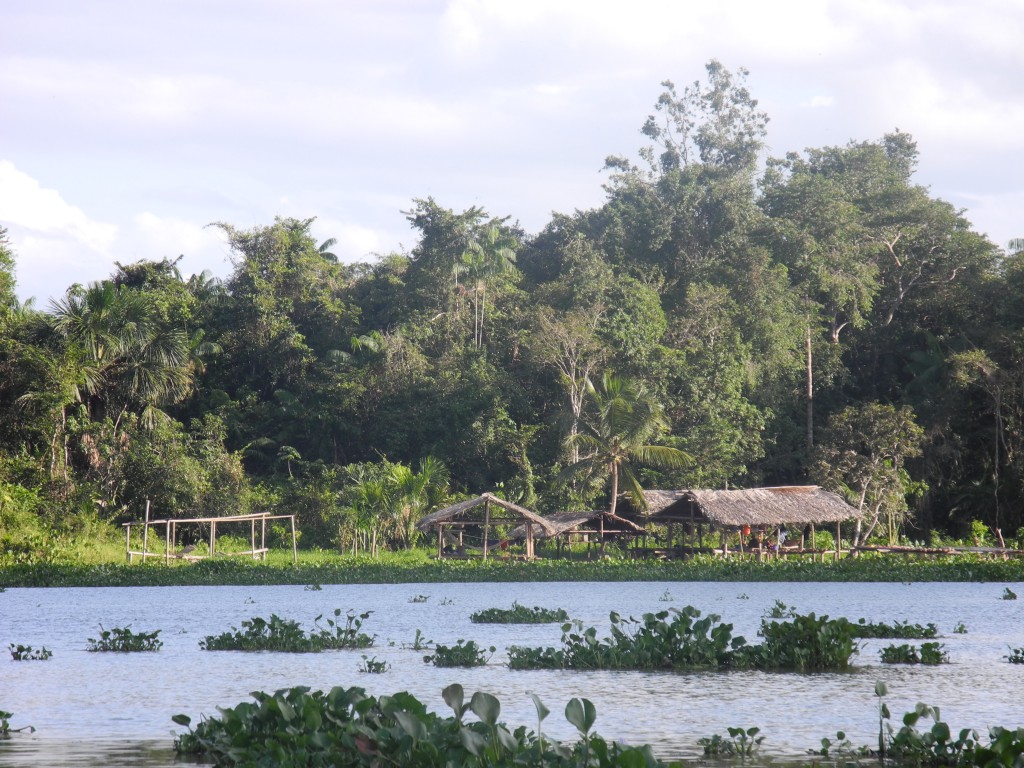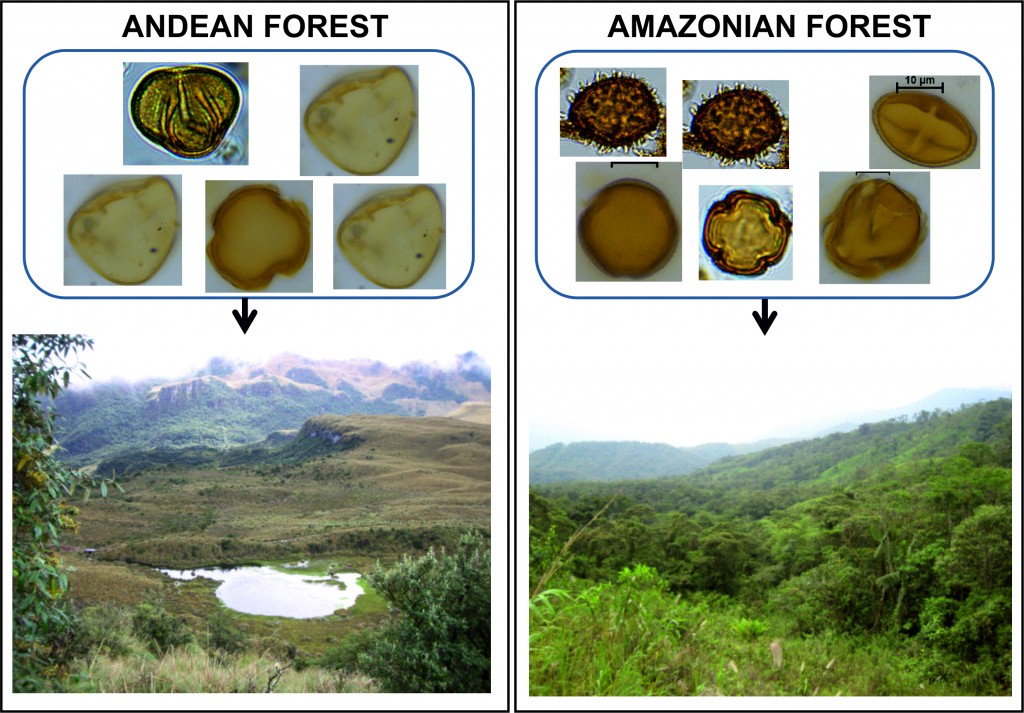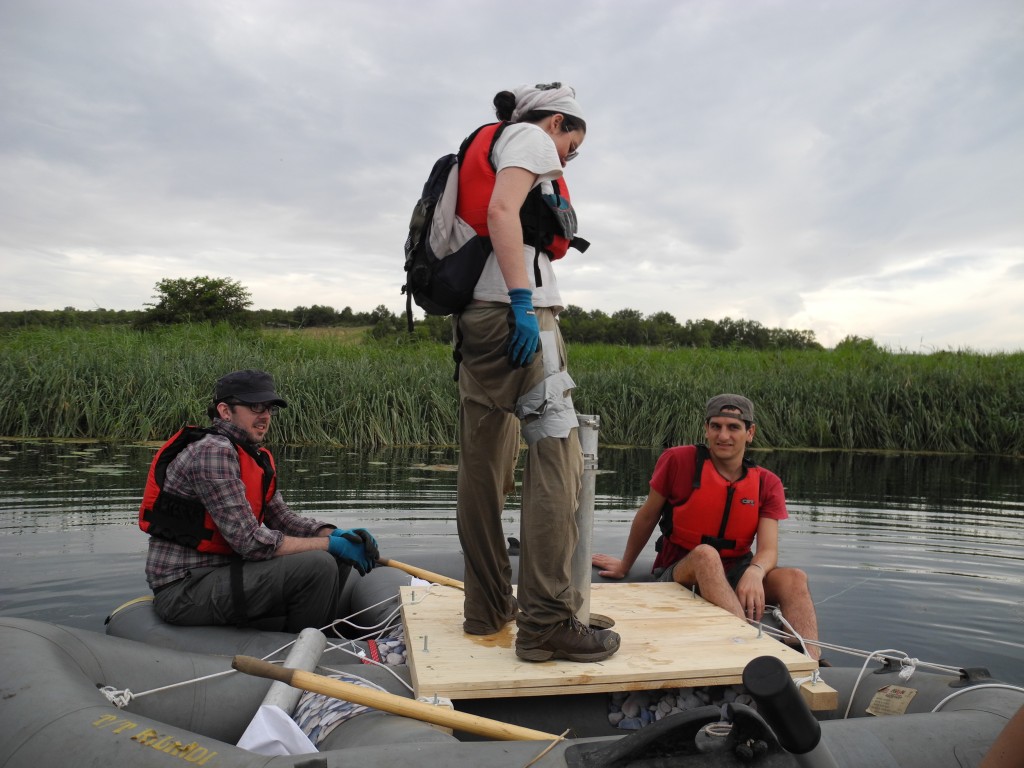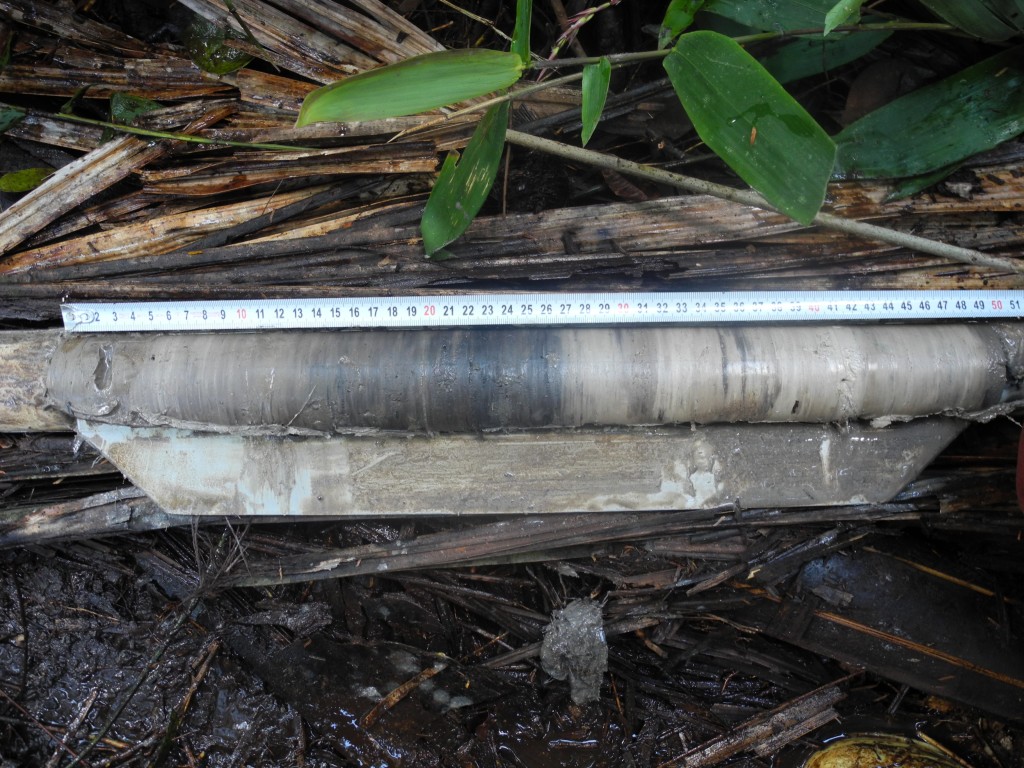I am an ecologist (environmental biologist) interested in studying the vegetation dynamics of tropical forests. Given the magnitude of the tropics, I have focused my research efforts on different forests from Venezuela and more recently, Ecuador.
A single tropical tree can live more than 1000 years, so for studying the dynamics of the tropical forests in the time scale or range in which they live, I have to look for evidence of how these forests have interacted with the environment from the past until the present day. To do this I use the fossil record in what it is called palaeo-ecological approach. In other words, I’m interested in the ecology of the past.
2013 & 2014 Science Matters Lectures
I recently introduced school students, teachers and members of the public from Milton Keynes to my research at the 2014 Science Matters lectures.
You can watch a recording on my talk below. (Please select play and then the full-screen option to watch the video.)
This talk was the sequel of 2013 Science Matter lecture by my colleague Frazer Bird, Back to the future, which introduced the subject of our research and virtually took the audience to one of our field works to the Ecuadorian tropics.
You can watch a recording on Frazer’s talk below.
The importance of tropical forests
Tropical forests are considered the “Lungs of the Earth” because of the dense vegetation they contain. Plants play a really significant role in O2 production and CO2 assimilation. They are crucial for carbon storage and in preventing a high abundance of greenhouse gasses in the atmosphere.
Tropical forests also play a key role in global atmospheric circulation patterns, like the El Niño Southern Oscillation (ENSO) events. This means that whatever happens to the tropical forests will have consequences worldwide. Therefore, it is crucial to improve our knowledge about how these forests behave and what kind of external drivers (such as climatic change) affect the dynamics of tropical plant communities. Through research we can gain a better understanding of the potential threats they might face and protect them for future scenarios in a changing climate (Figure 1).

Figure 1. Warao (indigenous culture) settlement in the tropical lowland forests of the Orinoco Delta, Venezuela. (Photo: E. Montoya).
Looking for clues in the fossil record of future climate change consequences
Our planet is not the same from the poles to the Equator. In this sense, the vegetation that we can observe in the UK greatly differs from the Amazonian rainforest. It follows that the occurrence of different vegetation types are partly a consequence of the climatic conditions of a given location.
We may think then, that if the climatic conditions in a particular zone changes, the vegetation will reflect these changes. Given that we are facing a phase of change in climatic conditions, and the projections made for the near future point to a more severe change, this will have consequences for the world that we know today.
It’s important to remember that through its history, the Earth has experienced multiple changes in climate and therefore also to the vegetation in any given period. And these different conditions of climate and vegetation have left clues through time that we can learn to identify.
Through my palaeoecology research I study these tropical vegetation dynamics, analysing biological remains preserved in sedimentary records, such as lakes or peat bogs.
The sedimentary archives we collect (Figure 2) are basically mud, characterised by a sequentially ordered deposition of the sediments, being called sequences for the indirect time frame provided.
In other words, the mud stored at the bottom of the cores we collect is older than the mud at the top: in a sequence that started to accumulate sediments yesterday, the sediments produced yesterday would be at the bottom of the sequence, today’s sediments would deposit on the top of them, tomorrow’s sediments on the top of today’s sediments, and so on (Figure 3).
One of the most important biological remains analysed in palaeoecology are pollen grains. Pollen grains are tiny structures produced in large numbers by plants. Once produced, plants release the pollen grains into the environment.
Some of the grains may fall on the water surface of a lake, moving slowly through the water column until arrive to the top of the mud. Once deposited under further layers of sediment they remain preserved.
Pollen grains are specific to the plant that produced them. By identifying them under the microscope, we can confirm which plant they’re from. And by identifying the distribution of pollen grains within a given sediment depth (Figure 3), we can infer what types of vegetation was around in a particular location during a specific time period (Figure 4).

Figure 4. Tropical forests (Left: Andean highlands; Right: Amazonian rainforest) and the different pollen assemblages that characterise them.
This paleoecological approach has helped researchers worldwide to understand what types of vegetation lived in the past in particular locations and during different climatic conditions. In turn, this work helps us to understand the potential responses that vegetation will have to the climatic conditions of the future.
If you are interested in more examples of tropical palaeoecology, please visit our blog ecology of the past.



